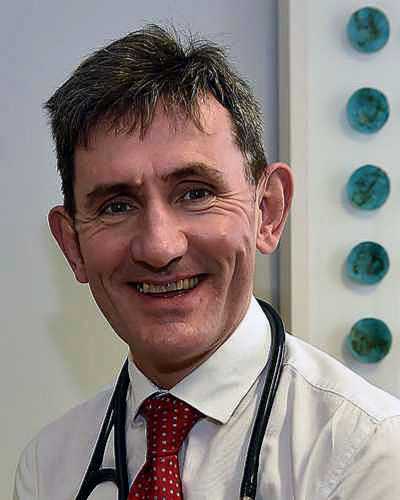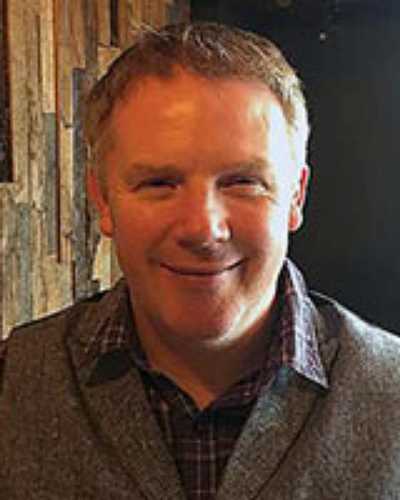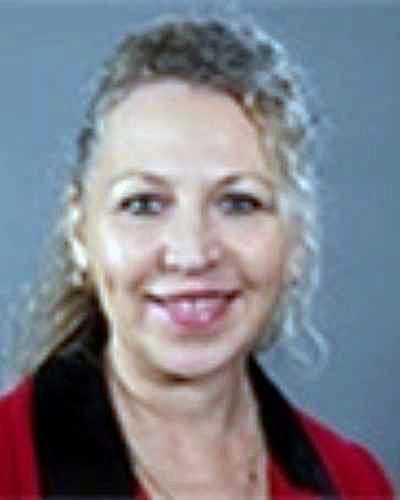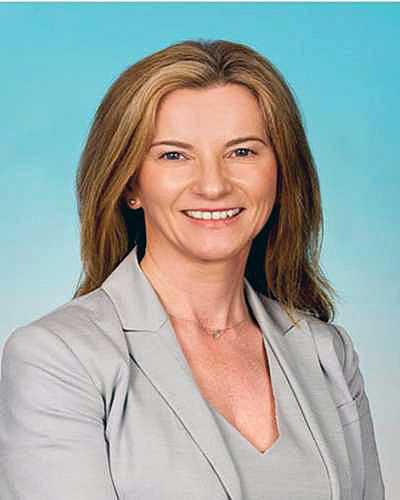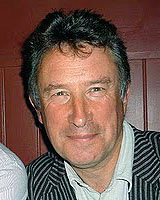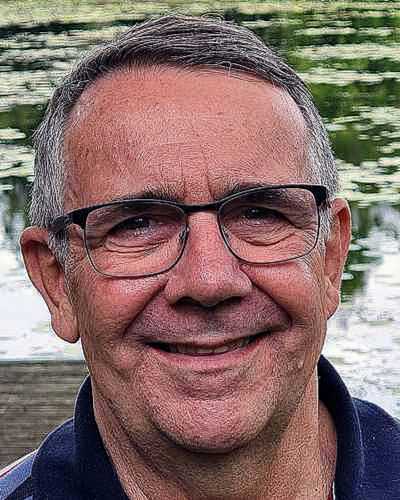Introduction
The 19th World Rural Health Conference, hosted in rural Ireland and the University of Limerick in June this year, with over 650 participants coming from 40 countries and an additional 1600 engaging online, carefully considered how best rural communities can be empowered to improve their own health and the health of those around them. The conference also considered the role of national health systems and all stakeholders, in keeping with the commitments made through the Sustainable Development Goals and the enjoyment of the highest attainable standard of health as one of the fundamental rights of every human1,2. The conference was addressed by experts in rural health from all regions of the world. This conference declaration is in response to the Blueprint for Rural Health (the declaration from the 17th World Rural Health Conference in Bangladesh3) and the Rural Nursing and Midwifery Albuquerque Statement 2019, which were designed to inform rural communities, academics and policymakers about how to achieve the goal of delivering high quality health care in rural and remote areas most effectively. This statement is also in support of World Health Assembly Resolution 72.2 on primary health care4, which calls on all stakeholders to provide support to member states in mobilising human, technological, financial and information resources to help build strong and sustainable primary health care, as envisaged in the Declaration of Astana5.
Guiding principles based on Blueprint for Rural Health
Globally, an estimated 2 billion people living in rural areas do not have adequate access to essential health services, which adversely affects health outcomes6 and is a driving cause of health inequities experienced by rural populations. These inequities undermine human potential and national developmental trajectories, and are implicated in the weakening of national social cohesion7. Rural communities also have important strengths and assets, which can play a key role in contributing to robust national health systems and inclusive societies. The 19th World Rural Health Conference, its partners and hosting organisations (Appendix 1) assert the right of rural communities to equitable access to health care in the following ways.
Rural healthcare needs and delivery
Equitable access to rural health care should be based on the regular assessment of community needs, address all basic healthcare needs, and be based around a comprehensive, locally based healthcare infrastructure linked to effective referral systems. Patient-centred care pathways should be co-designed with rural communities and enhanced, but not replaced, by technology, and delivered locally by multidisciplinary teams. Attention must be given to understanding the supply-side and demand-side factors driving inequitable access, and addressing barriers to quality health services across the pathway.
Rural workforce
A sustainable rural health workforce should where possible emanate from the local communities they serve and be incentivised, supported, mentored and valued throughout the career pathway. Social accountability should be a key underlying principle for higher educational institutions, which should orientate their training, research and service provision to populations living in rural and remote areas. The WHO Guideline on Health Workforce Development, Attraction, Recruitment and Retention Rural and Remote Areas highlights the importance of interconnected, bundled and whole-of-society approaches to rural service delivery, tailored to the local context8. This should be based on pillars of equity, diversity and inclusion, with gender as a key area of focus. Furthermore, full scope of practice in rural generalism for all professional groups should be actively promoted.
Advocacy and policy
Policy for rural health should include people living in rural communities and rural organisations as key stakeholders and equal partners whose needs and views are sought and who participate in decision making as key informants about rural health. Government health policies, strategies, plans, programs and financing modalities should be ‘rural-proofed’ to mitigate any deleterious effects of these in rural areas, particularly in the areas of social and environmental determinants of rural health. This term refers to the systematic application of a rural lens to policies and other actions, to ensure that they are adequately accounting for the needs, contexts and opportunities of rural areas.
Governments should develop a unified policy to promote rural health, inclusive of rural-proofing approaches at national, regional and local levels. This is in keeping with wider cross-sectoral approaches to rural development and revitalisation of rural areas as essential for cohesive, equitable sustainable development9,10. A successful and sustainable rural health sector requires intersectoral collaboration for the many dimensions of primary health care, including but not limited to investment in training and career pathways, hence creating a desirable workplace that healthcare workers will commit to for the longer term.
Research for rural health care
The rural dimension often continues to be neglected in analyses of risk factors for ill health, health status and health system performance11. Health research needs to be rural-proofed, with a designated percentage of funding ring-fenced for this purpose. The media also have an important role in sharing research outcomes, to build national awareness of the issues facing rural communities and opportunities for greater national inclusion and societal wellbeing. Further research on the economic contribution of the health sector to rural and local development is also timely, given the economic multiplier effect of investments in the health sector12-14. This can be underpinned by actively embedding research and data collection to demonstrate a better understanding of the value of rural and remote multidisciplinary led care in primary health settings.
Irish rural health care
The conference participants recognise:
- Ireland has one of the highest rurally based populations in Europe: more than 1.6 million people, from a total population of 4.8 million15. Irish rural practices have a higher proportion of older people, with more health needs, than other practices and face significant challenges in terms of geographical access and financial costs16. Irish rural populations have already experienced the negative impact of loss of medical services followed by continuing depopulation; unless specifically managed, this phenomenon will only increase17. It is crucial that issues of density and distribution of health workers are addressed in order to attain better health outcomes for rural communities.
- The absolute and relative number of rural Irish general practitioners (GPs) has been falling over the past 20 years15. Those that remain are older than the national GP average. Key rural GP recruitment and retention difficulties include significant challenges in finding both short-term cover and long-term replacements, together with inadequate infrastructural support for often smaller list sizes17.
- With the notable exception of the University of Limerick, Irish medical schools do not provide the internationally recognised gold standard for the promotion of generalism, namely longitudinal integrated clerkships, in general practice18.
- The significant potential for rural general practice nurses to both complement and support the work of GPs is not being realised. Significant barriers to achieving this coalesce around a lack of advanced practice nursing roles that actively promote full scope of practice in rural generalist nursing and the absence of a clear career pathway and funded educational opportunities19.
- There is currently no government target regarding the proportion of Irish medical graduates required in general practice to deliver Sláintecare (Irish Government health policy)20. Between the six Irish medical schools, the proportion of EU graduates who apply for postgraduate general practice training places ranges from 25% to 55%21. The reasons for this are unclear. The Sláintecare policy and objectives are predicated on having a health service with a foundation in primary care where the right care is delivered to the right patient in the right place at the right time. This is a very sensible and also evidence-based founding principle, as we know that over 90% of healthcare contacts happen in the community and any healthcare system that has primary care as its foundation is more cost-effective and delivers better health outcomes for people22. However, this will not be achieved without recruiting and retaining a healthcare workforce in our urban centres, but more critically outside our urban centres, where they are most under threat.
- Increasingly, rural primary care providers in resettlement countries like Ireland are providing care to large refugee and migrant populations, and services need resources to adapt to meet the needs of culturally and linguistically diverse patients.
- There exist great opportunities to enhance the health system’s capacity to meet the needs of rural communities, in keeping with government priorities for an inclusive Irish society, and to have the health sector contribute to economic growth in rural communities as part of a rural revitalisation agenda. Rural-proofing of Irish health policies can help ensure that they are aligned with rural needs and realities. This is called for in the EU Long Term Vision for Rural Areas23 and is a forthcoming component of the Better Regulation Agenda, to assess the anticipated impact of major EU legislative initiatives on rural areas. This EU vision calls for member states to consider implementing the rural proofing principle at national, regional and local levels.
Recommendations
Congruent with current evidence24 and best international practice4,25, the participants of the conference endorse the following recommendations for the creation of a high quality, sustainable and cost-effective healthcare delivery for rural communities in Ireland.
Rural healthcare needs and delivery
- A national health needs assessment of rural health care should be carried out and communities should be enabled and resourced to identify and address, and indeed solve, their local healthcare challenges.
- Rural services must provide first-contact care that can be accessed within the community. Closure of rural healthcare services and practices or downgrading of such services to a ‘part-time’ basis must be avoided at all costs.
- The current focus on large, urban-based healthcare infrastructure development should be widened to include investment in rural healthcare infrastructure so as to ensure decent working conditions for rural health workers. This will include funding to cover investment in innovative technological solutions to enhance but not replace the face-to-face service.
- This investment in rural healthcare infrastructure should be co-created with our rural communities, protecting and enhancing local environments while addressing the social determinants of health.
- Essential rural and remote services such as rural doctors supporting older people locally, and dispensing of medication and house calls, need to be specifically and properly funded and supported. Current funding mechanisms do not exist or are inadequate.
- Increasingly, rural healthcare workers in resettlement countries are providing care to refugees and migrants. Government and higher education institutions need to respond to this by providing training in cross-cultural communication and interpreted consultations for students and healthcare workers, in addition to 24-hour access to trained interpreters.
- To support community-based education programs and the associated ‘transformative learning’18, medical schools need to develop rural academic educational and research infrastructure closely aligned to the communities they serve.
Rural workforce
- We aim to build a diverse and inclusive workforce that is representative of the communities we wish to serve, underpinned by the principles of social accountability while being committed to gender equality, social inclusion and social justice.
- Building on established international examples, and rigorous research evidence, we recommend that a new undergraduate medical program, dedicated to producing graduates who have the skills, attitudes and desire to work in rural and remote locations, is funded by the Irish Government.
- We need targeted admission policies to enrol students with a rural background in health worker education programs.
- Under the principle of social accountability, all medical schools should develop, with appropriate funding, longitudinal integrated clerkships in general practice, with a particular focus on rural practice, and should include a curriculum consisting of a minimum of 25% of clinical placements based in the community setting.
- A specific rural curriculum and pathway should exist within GP training where rural GP trainers/mentors should be recruited and retained, and exposure to rural practice should be maximised.
- On completion of GP training, an adequate number of postgraduate rural general practice fellowships funded by the National Doctors Training and Planning and the Health Service Executive should form the next step of this rural general practice career pathway.
- Training at the medical school and postgraduate GP training levels should be based on curricula that include rural context and criteria for effective rural practice.
- Local Health Service Executive management, working with GP network leads and GP principles, should identify and offer support, guidance and mentoring in succession planning for retiring and pre-retiring GP principles on an ongoing basis.
- Challenges of solo practitioners should be recognised and supported through innovative solutions involving shared appointments, salaried posts, fellowship positions and creating partnerships and clusters.
- Guaranteed parental leave for practitioners and family friendly workplaces should be a minimum requirement for a rural healthcare practice.
- A specific rural curriculum and pathway should exist within nursing training for the development of a rural generalist pathway, nurse practitioner and GP practice nurses. Rural nursing trainers/mentors should be recruited and retained, and exposure to rural practice should be maximised for all nursing students.
- Training at the nursing school and postgraduate nursing training programs should be based on curricula that include rural context and criteria for effective rural practice.
Advocacy and policy
- Under planned European legislation, all government policy should involve rural stakeholders and will be mandated to undergo rural-proofing.
- An All-Party Oireachtas Health Committee inquiry and report into Irish rural healthcare needs and services should be convened. This will provide a clear blueprint for the Irish Department of Health, the Health Service Executive and the Irish College of General Practitioners for Irish rural health care into the future.
- Development of a clear rural general practice career pathway (or ‘pipeline’) is required. A target regarding the proportion of Irish medical graduates required in general practice to deliver Sláintecare should be set. The equivalent figure in the UK is 50%26.
- We need to deploy a package of fiscally sustainable financial and non-financial incentives for health workers practising in rural and remote areas. The Rural Practice allowance is one such key support but access to it needs to be widened and it needs to be increased.
- To provide clinical, academic and advocacy leadership in rural health care, chairs of rural general practice should be funded within higher education institutions with, in addition, an Irish College of General Practitioners Clinical Lead in Rural Healthcare.
- The Irish Department of Health and An Board Altranais should lead an interagency response to develop and support GP nursing career development and leadership, which will lead to advanced practice nursing roles together with the provision of clear nursing career pathways.
- Different types of health workers for rural practice such as advanced nurse practitioner and expanded paramedic roles to meet the needs of communities based on people-centred service delivery models, including enhanced scopes of practice, should be developed.
Research for rural health care
- We must enable dynamic co-production of evidence on rural health between communities, health workers, academic researchers, policymakers (in health, rural development and other sectors) and civil society organisations by mainstreaming rural research activities.
- The lived experiences and voices of the community need to be reflected in the research used to generate evidence to provide rural health care. People living in rural communities need to be involved as partners to set the research agenda and support project governance, data interpretation and analysis.
- We must identify, foster and develop rural research expertise directly within rural communities while encouraging and supporting innovative solutions to the challenges identified by communities themselves.
- We must make research skills accessible and available to rural communities and potential researchers through outreach and online programs developed and provided through partnerships with higher educational institutions and the Department of Rural and Community Development.
- Ring-fenced and proportional research funding accessible to communities and rural researchers building an equitable community of research practice is required.
Conclusion
All participants in this conference and the partner organisations commit to proactively adopting these principles and actions to strengthen the current Irish rural healthcare workforce, including our pandemic response, while creating novel opportunities for rural health care to serve our communities
Equal access to health care is a crucial marker of democracy. Hence we call not only on the Irish Government, but on all governments, policymakers, academic institutions and communities globally, to commit to providing their rural dwellers with equitable access to health care that is properly resourced and fundamentally patient-centred in its design.
Acknowledgements
We are grateful to all participants of the 19th World Rural Health Conference whose deliberations and exchanges across the conference informed this document. In addition, we would like to thank Theadora Swift Koller, a senior technical advisor working on rural health equity at WHO headquarters, for her review of declaration drafts. Finally, we would like to thank Monica Casey, Senior Administrator at the School of Medicine, University of Limerick for coordinating the formation and submission of the declaration.





